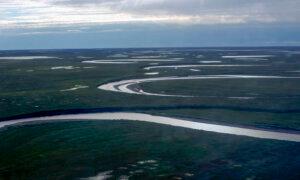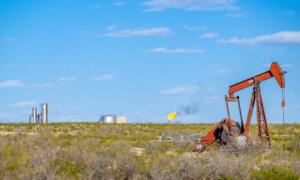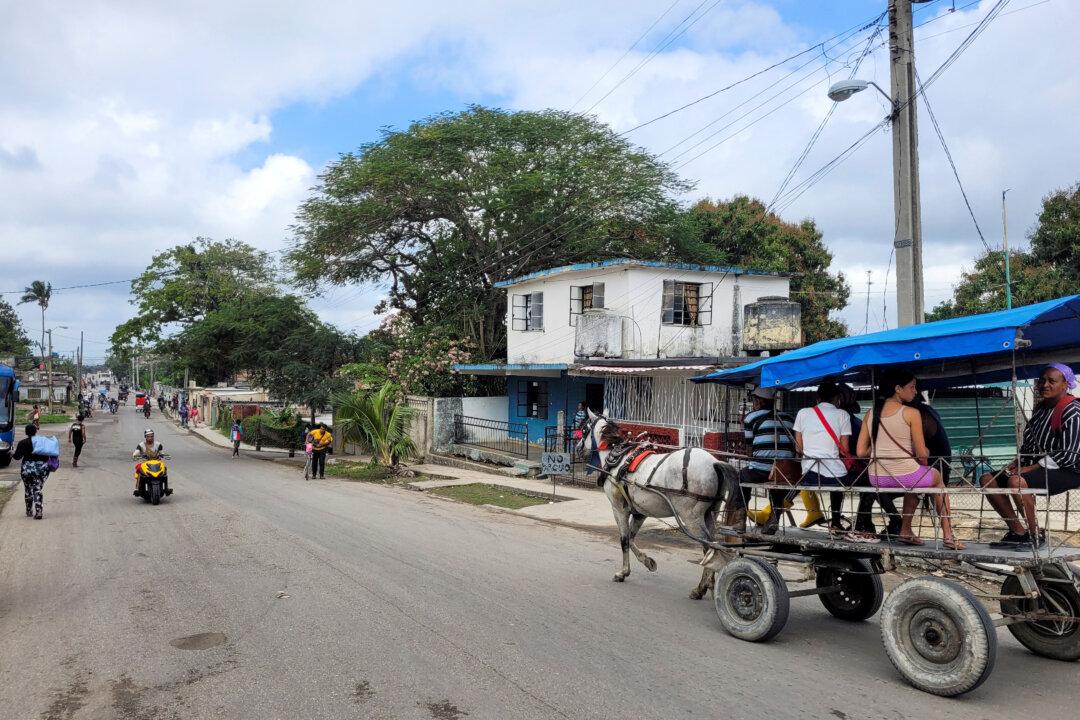The Department of the Interior (DOI) unveiled its revised policy on May 13 aimed at accelerating the oil and gas leasing process on public lands as part of an effort to boost U.S. energy production.
Once the parcels are reviewed, state offices will organize a lease sale and invite public participation. Previously, the BLM took between 8 and 15 months to complete the parcel review process.
To expedite the leasing, the DOI stated that the BLM will conduct oil and gas lease parcel reviews while the National Energy Policy Act compliance process is being held, focusing on the existing land management policy and resource management plans.
Adam Suess, acting assistant secretary for Land and Minerals Management, said the DOI is working to remove “unnecessary delays” and “bureaucratic roadblocks” that have hindered U.S. energy production “for too long.”
“This policy puts us on a fast track to Energy Dominance—opening up more federal land for responsible development, cutting review times nearly in half, and sending a clear message that the United States is serious about job creation, low energy costs, and putting American energy first,” Suess said in a statement.
The order states that “burdensome and ideologically motivated regulations” imposed under the previous administration have hindered the development of the country’s energy resources, limited the generation of reliable and affordable electricity, reduced job creation, and led to high energy costs.
“It is thus in the national interest to unleash America’s affordable and reliable energy and natural resources,” the order reads. “It will also rebuild our Nation’s economic and military security, which will deliver peace through strength.”
The 11th National Outer Continental Shelf Oil and Gas Leasing Program will add a new “High Arctic” planning area off Alaska to the federal offshore leasing map for the first time.
The boundaries of other coastal zones are also being revised—potentially clearing the way for oil and gas companies to tap into new reserves along the Atlantic, Pacific, and Arctic coasts.







